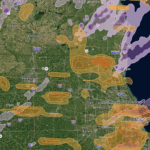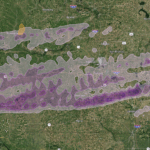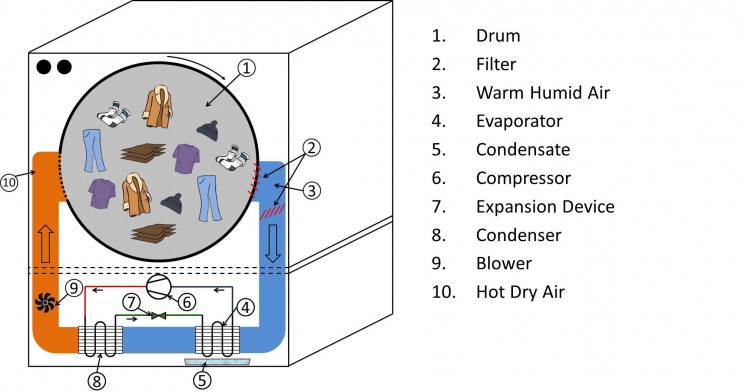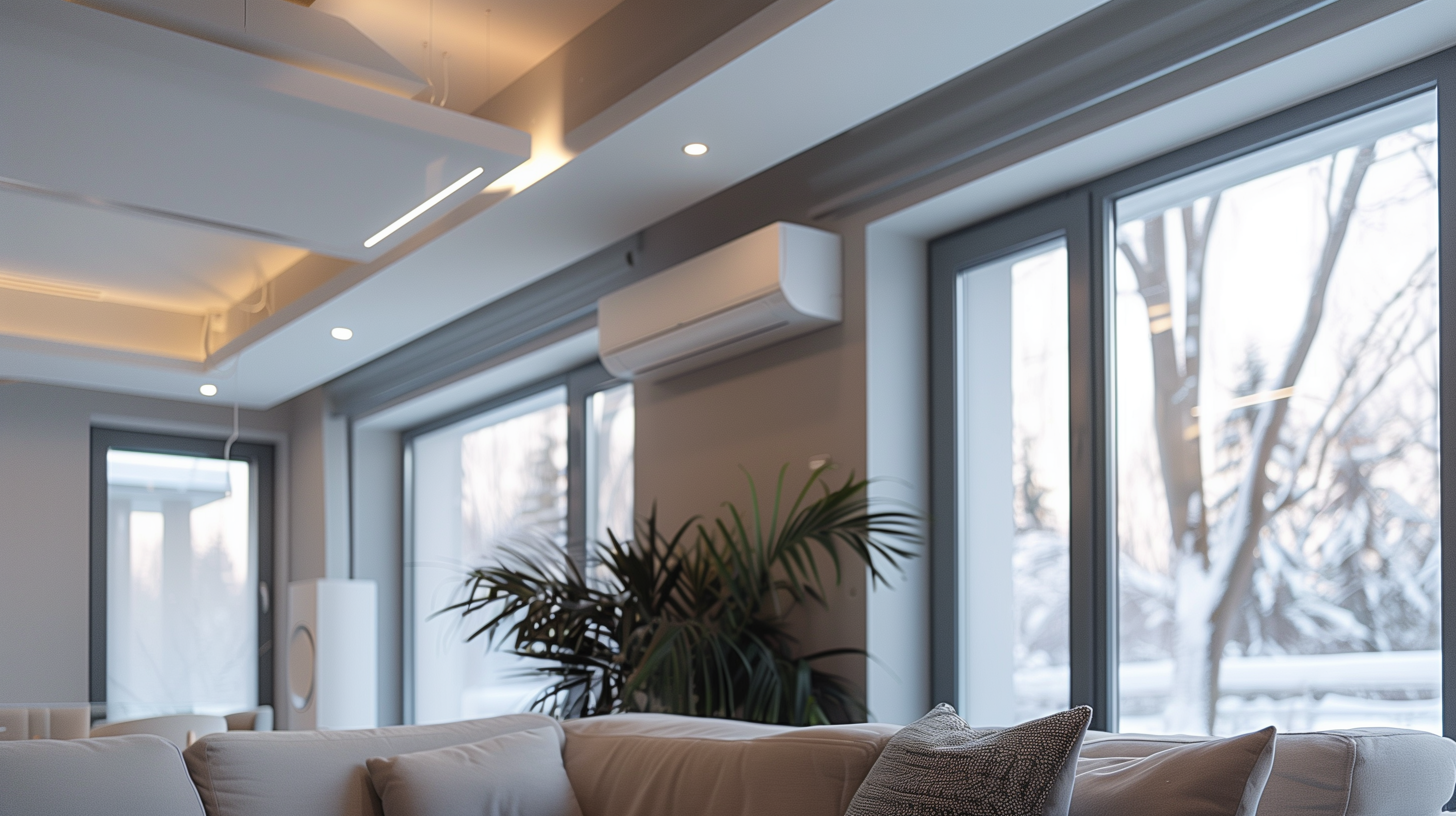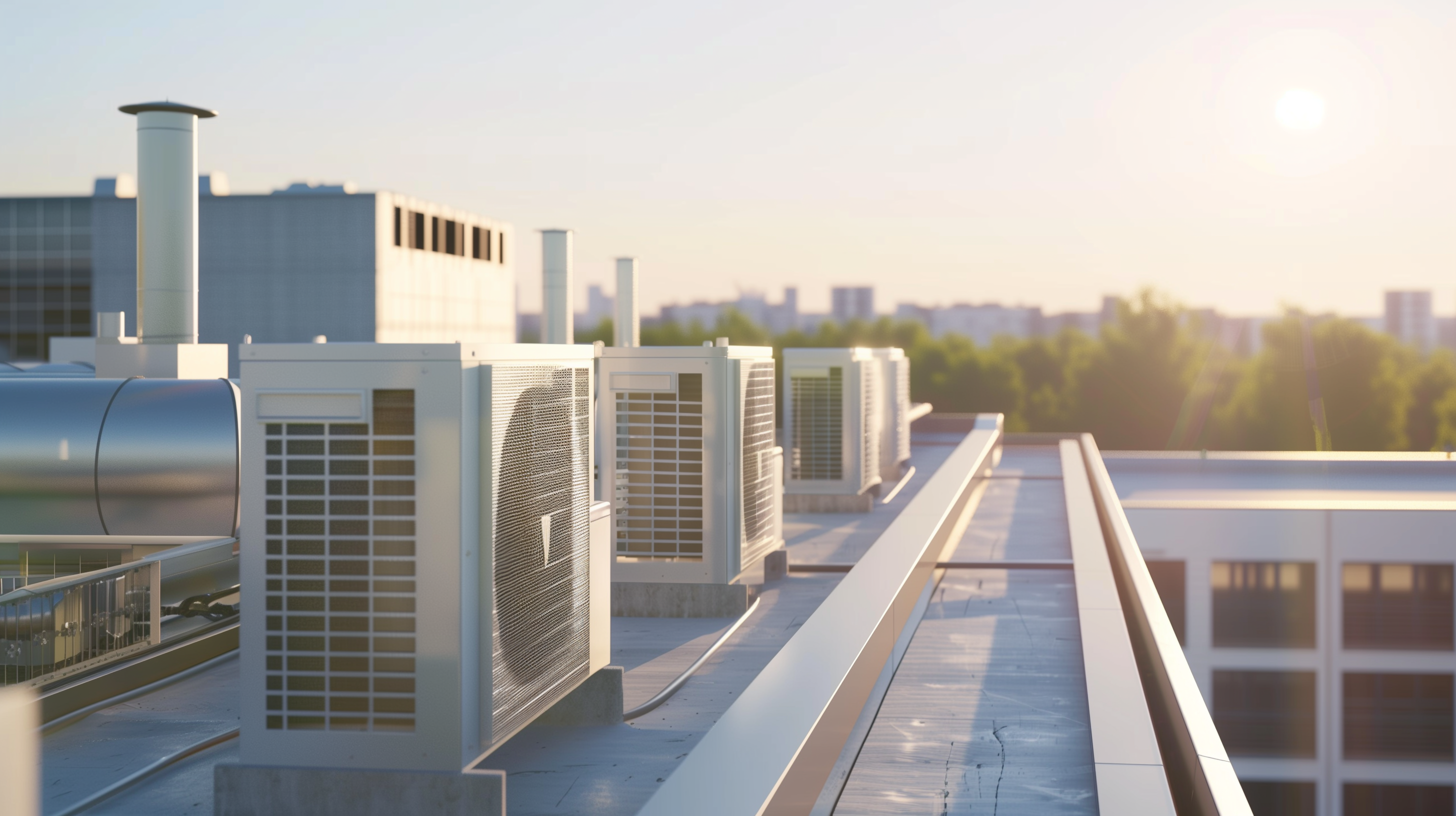Introduction:
In the realm of household appliances, innovation continues to reshape our daily routines, offering not just convenience but also efficiency and sustainability. One such innovation making waves in the world of laundry is the ventless (condensing) clothes dryer. Unlike traditional dryers that expel moist air outdoors, ventless dryers harness advanced technology to condense moisture within the unit, eliminating the need for external venting. This blog delves into the technical intricacies, benefits, and installation process of ventless dryers, shedding light on why they’re becoming a preferred choice for modern homes.
Technical Description:
- Ventless clothes dryers utilize piped-in cold water to provide a condensing surface instead of venting moisture outdoors.
- Condensed moisture is collected and drained, eliminating the need for an external vent.
- These dryers are available as stand-alone units or as washer-dryer combos.
- They operate using electric-resistance heating elements, similar to conventional dryers, but without venting to the outside.
- Condensing dryers are more energy-efficient and gentler on clothes than conventional dryers.
Alternate Terms:
- Exhaust-Free Clothes Dryer
- Advanced Clothes Dryer Technology
- Ultra-Efficient Condensing Clothes Dryer
Scope:
- Install a new ventless clothes dryer.
- Select an energy-efficient electric ventless condensing clothes dryer.
- Look for ENERGY STAR-certified models.
- Consider a heat pump clothes dryer.
- Install the new condensing clothes dryer.
Description:
- Conventional dryers vent moist air outside, contributing to energy waste and potential home depressurization.
- Ventless dryers, like condensing dryers, operate without venting air outside and are more efficient.
- They use ambient air, heat it, circulate it to absorb moisture, then cool it to release condensed moisture.
- These dryers are electric-powered, eliminating the need for gas lines and exterior vent ducts.
- They’re easier to install and gentler on clothes due to lower drying temperatures.
How to Select and Install a New Energy-Efficient Ventless (Condensing) Clothes Dryer
- Select a new, energy-efficient ventless clothes dryer.
- Measure space constraints for proper fit.
- Consider capacity, features, and energy efficiency.
- Use ENERGY STAR resources to find eligible models and potential rebates.
- Install the new ventless clothes dryer.
- Prepare the installation area and ensure proper ventilation.
- Safely unpack and position the dryer.
- Set up condensate disposal according to homeowner preference.
- Connect electrical cord to grounded outlet and ensure proper leveling.
- Test the dryer for functionality and address any issues promptly.
- Set up an Internet-connected ventless clothes dryer.
- Download manufacturer’s app and follow setup instructions.
- Connect the dryer to the homeowner’s WiFi network for remote control.
- Provide product literature and instructions to the homeowner.
- Supply manufacturer product literature and warranty information.
- Assist with utility rebate or tax incentive paperwork.
- Offer energy-saving tips for efficient dryer use, such as drying full loads and cleaning the lint screen regularly.
How to Replace the Old Clothes Dryer with an ENERGY STAR-Certified Model
- Select a new energy-efficient clothes dryer.
- Refer to the Description tab for guidance on selecting the right model.
- Disconnect and remove the old clothes dryer.
- Plan ahead for proper disposal or recycling.
- Shut off power or gas supply and disconnect vent ducts.
- Use necessary tools and precautions when moving the dryer.
- Secure the old dryer for transport to a recycling facility.
- Close and seal the unused dryer vent.
- Gather required tools for vent removal and sealing.
- Remove exterior venting components and seal the hole.
- Use insulation and mesh/aluminum to fill the hole securely.
- Patch exterior and interior surfaces as needed.
- Install the new clothes dryer.
- Follow installation instructions provided by the manufacturer.
- Consider professional installation services if available.
- Provide homeowner with product and warranty information.
Success:
- Use infrared imaging to ensure thorough insulation and air sealing of old dryer vent holes.
By choosing a ventless (condensing) clothes dryer, homeowners can enjoy energy savings, convenience, and gentler drying for their clothes.
For immediate service or consultation, you may contact us at Allied Emergency Services, INC.
Contact Information:
- Phone: 1-800-792-0212
- Email: Info@AlliedEmergencyServices.com
- Location: Serving Illinois, Wisconsin, and Indiana with a focus on the greater Chicago area.
If you require immediate assistance or have specific questions, our human support is readily available to help you.
Disclaimer: This article is intended for informational purposes only. For professional advice, consult experts in the field.
